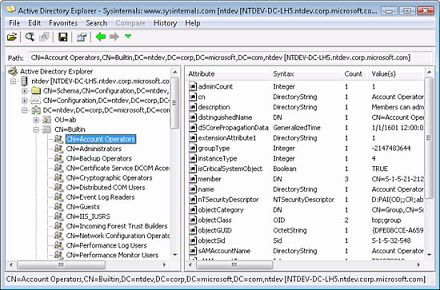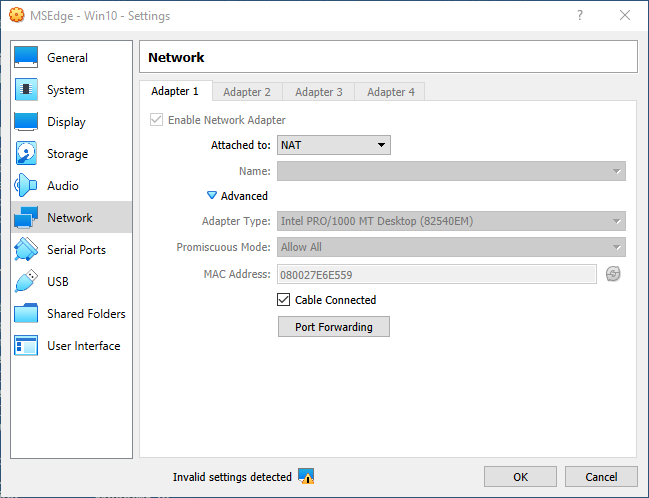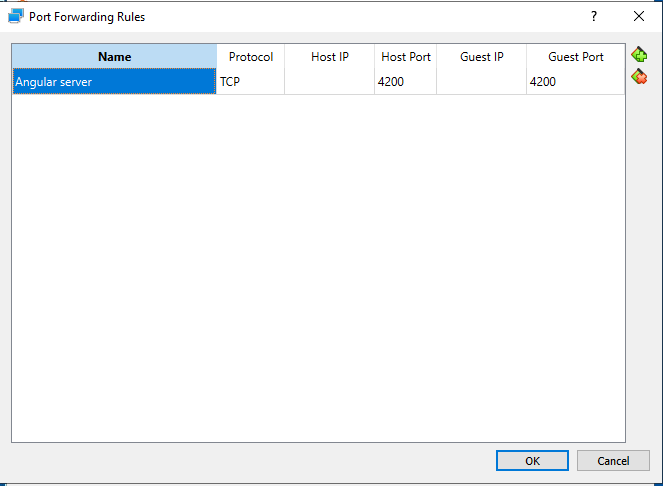If you work as a developer with tools such as Angular, Java, Node, Git etc. here are some useful exclusions to add to Windows Defender. It will speed your development computer up.
(In windows 10: search for “defender” -> “Virus & threat protection …” -> “Exclusions” -> Add or remove exclusions).
Node.js:
Process:
node.exe
Folders:
%userprofile%\AppData\Roaming\npm
%userprofile%\AppData\Local\npm-cache
Your projects/repos folder:
C:\Source
IDEs:
C:\Program Files\Microsoft Visual Studio\*
C:\Program Files\JetBrains\*
Various tools/processes:
Process: java.exe
Process: git.exe
Process: SourceTree.exe
There might be improvements depending on which type of exclusions that is most efficient. E.g. folder exclusion instead of a single exe file etc.
Warning! This means the processes, folders and files are no longer under protection. Use at own risk.
Adding exclusions using powershell
Start powershell as administrator.
Enter this:
Add-MpPreference -ExclusionProcess node.exe
Add-MpPreference -ExclusionProcess git.exe
Add-MpPreference -ExclusionProcess devenv.exe
Add-MpPreference -ExclusionProcess Code.exe
Add-MpPreference -ExclusionPath %userprofile%\AppData\Roaming\npm
Add-MpPreference -ExclusionPath %userprofile%\AppData\Local\npm-cache
Add-MpPreference -ExclusionPath "C:\Program Files\Microsoft Visual Studio\*"
Add-MpPreference -ExclusionPath "C:\Program Files\JetBrains\*"
More info regarding exclusions:
You can exclude certain files, folders, processes, and process-opened files from Windows Defender Antivirus scans. Such exclusions apply to scheduled scans, on-demand scans, and always-on real-time protection and monitoring. Exclusions for process-opened files only apply to real-time protection.
When you add a process to the process exclusion list, Windows Defender Antivirus won’t scan files opened by that process, no matter where the files are located. The process itself, however, will be scanned unless it has also been added to the file exclusion list.
The process exclusions only apply to always-on real-time protection and monitoring. They don’t apply to scheduled or on-demand scans.
From: https://docs.microsoft.com/en-us/windows/security/threat-protection/windows-defender-antivirus/configure-exclusions-windows-defender-antivirus


